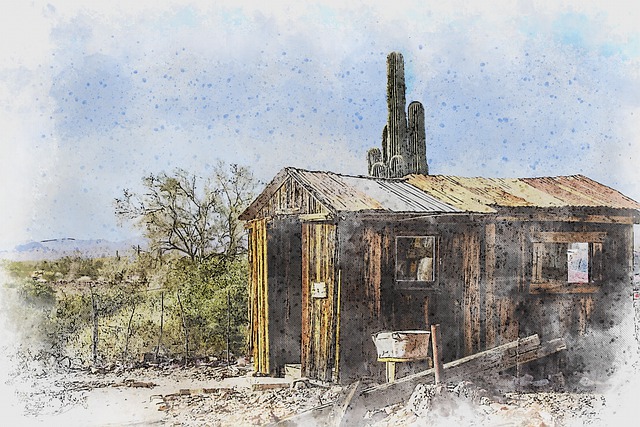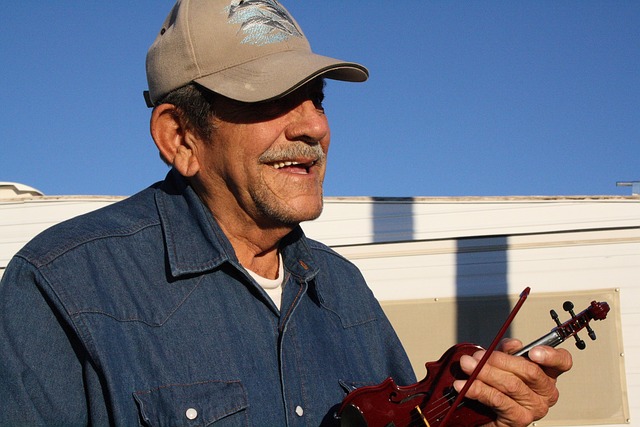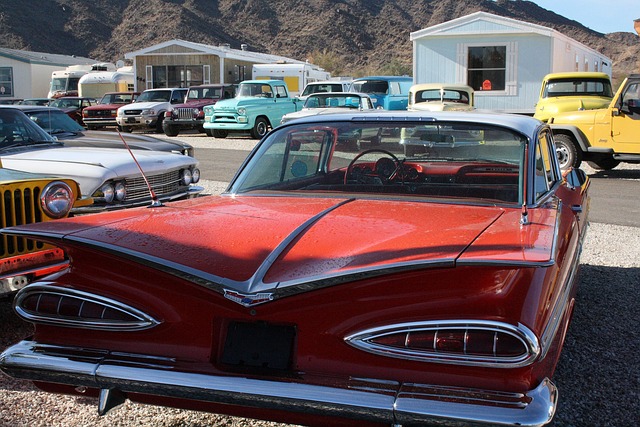Desert boondocking, a growing trend among outdoor enthusiasts, involves off-grid camping in remote desert areas, emphasizing solitude and nature connection over established campgrounds. Campers bring their own supplies and equipment, appealing to those seeking an escape from daily life and embracing primitiveness. To find the ideal desert retreat, explore regions with breathtaking scenery and off-grid capabilities, verify local regulations, and ensure the site offers essential infrastructure for a unique, challenging, and rejuvenating experience.
Discover the allure of desert boondocking—off-grid camping in some of nature’s most pristine, yet challenging, landscapes. This guide explores why arid environments are becoming a hotspot for outdoor enthusiasts seeking solitude and self-sufficiency. We delve into the real estate considerations for finding the perfect desert escape, from identifying remote locations to preparing for the unique challenges of off-grid living. Get ready to embark on an adventure where rugged beauty meets unplugged living.
What is Desert Boondocking?

Desert boondocking, a term that’s gaining traction among outdoor enthusiasts, refers to off-grid camping in remote desert locations away from any established campgrounds or developed areas. It’s not just about pitching a tent; it’s a lifestyle choice for those who crave solitude and a deep connection with nature. Imagine waking up to the vast expanse of sand, the rhythmic hum of the wind, and stars so close you can almost reach out and touch them – that’s desert boondocking in a nutshell.
Unlike traditional camping where amenities like running water, electricity, or even roads might be accessible, desert boondocking demands self-sufficiency. It requires a mindset shift from relying on modern conveniences to embracing the primitive. Campers bring their own supplies, including food, water, and equipment for generating power – often through solar panels or generators – to sustain them during their stay. This unique experience offers an escape from the hustle and bustle of daily life, providing a chance to reconnect with one’s roots in nature while also appealing to those who see desert landscapes as untapped real estate for off-grid living.
The Appeal of Off-Grid Camping in Arid Landscapes

The allure of off-grid camping in arid landscapes, like deserts, is a growing trend among adventurers seeking unique experiences away from the hustle and bustle of everyday life. These vast, untouched terrains offer a sense of freedom and solitude that’s hard to come by in more developed areas. Real Estate in these regions isn’t just about owning a piece of land; it’s about embracing a lifestyle.
Campers find serenity in the quiet hum of desert winds and the vast starlit skies, free from the light pollution that obscures urban views. This connection to nature fosters a sense of renewal and perspective, attracting folks who want to escape not just the city lights, but also the digital connections that bind them. The challenge of navigating arid landscapes and relying on one’s wits and resources adds an element of adventure, making off-grid camping in deserts a true game-changer for outdoor enthusiasts.
Finding and Preparing Your Desert Escape: Real Estate Considerations

Finding your perfect desert escape involves a careful consideration of real estate options. Start by researching areas known for their stunning desert landscapes and off-grid potential. Look for remote locations with ample space, ensuring easy access to essential amenities like water sources and stable ground suitable for setting up camp.
Once you’ve identified potential sites, it’s time to prepare. Check local regulations regarding boondocking and acquire any necessary permits. Ensure the site has the essential infrastructure for your needs—a level spot for parking or setting up your RV or tent, access to a reliable water supply, and perhaps even solar or wind energy opportunities to enhance your off-grid experience.






